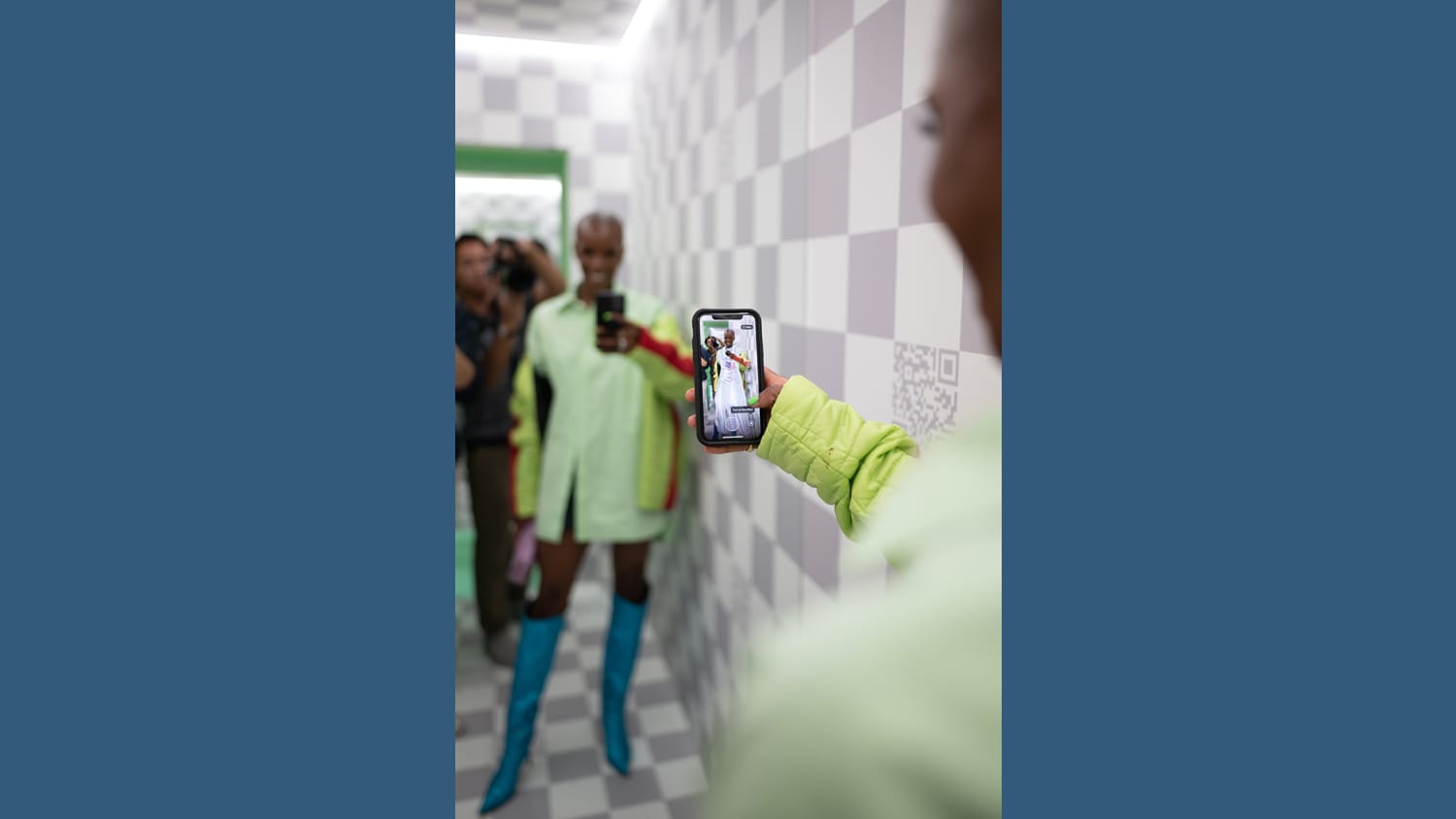Augmented reality is revolutionizing the future of fashion, blending retail’s potential in physical and digital spaces. In September, Wunderman Thompson Intelligence visited an AR fashion popup in New York City hosted by AR-fashion platform ZERO10 in collaboration with Crosby Studios, where customers could try on virtual clothes and styles as they would physical clothing in a digitally-enhanced space.
After visiting the popup, we spoke with George Yashin, the co-founder and CEO of ZERO10. With over 15 years of experience in fashion, tech, visual arts, and product design fields, Yashin speaks to the intention behind the experience and what the future of AR retail and fashion might look like.




